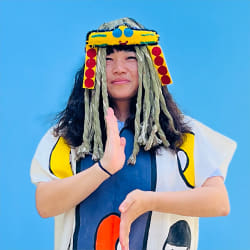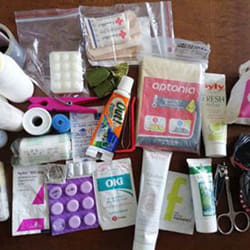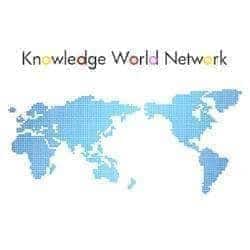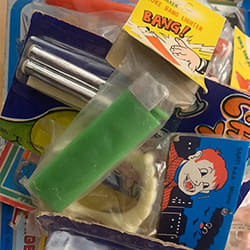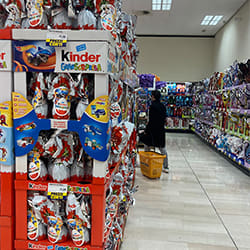In some parts of the world, kindergarten is mandatory or, at least, strongly recommended for children aged 5 to introduce them to writing and speaking and lead them to elementary school.
In some countries preschool is an actual school with qualified teachers who teach kids basic notions of Mathematics, geography and other subjects.
In Italy pre-school is called ‘asilo’ or ‘scuola materna’ but, however you choose to call it, it is a place where children color and play and not much else.
In Italy we believe that children “have to be children” as long as possible.
Maybe this is wrong and leads to the Italian mentality of being a “mamma's boy” forever which is a sort of prejudice but with some truth to it - or, maybe, it’s a good thing to spare children from the duties of growing up just a bit longer. Who knows?
In some parts of Italy now, and also in Liguria, there are new schools within which teaching marries with nature in a harmonious and, at the same time, functional way for the growth of the child.
It's called “asilo nel bosco” (“kindergarten in the woods”) and it is an educational experience in nature which apparently is a trend coming from Northern European countries. This type of school is in fact common in the Nordic countries, such as Denmark or Germany.
The characterization of these experiences lies in the fact that the activities mainly take place outside even in case of bad weather. One of the mottos of these kindergartens is: “There is no such thing as bad weather, only bad clothing”.
For preschool in Italy you can choose between public or private but neither are mandatory or have mandatory attendance once you enroll.
A family can apply for the public one but your child is accepted based on the family’s income. The lower the income, the more the chances you’ll get a spot but they also consider other factors such as if both parents work, proximity to the school you applied for and other criteria.
In the public schools there are generally 20 to 25 kids in every given class and about two teachers per class. The food can be paid through vouchers and they normally have a catering service for lunch which is generally considered ‘not so good’.
The private schools can vary. Some are the ‘kindergarten in the woods’ I was mentioning earlier, some are religious schools run by nuns, others are private institutions, at times bilingual ones.
The private schools have less children, less than 10 per class, but normally children have just one dedicated teacher.
The food is normally prepared on site by a chef who works inside the school and it is generally good.
My son goes to a private school because we like it. It’s a small group of children, only 6, and they are like a small family. Furthermore, since my son is a vegetarian, they can cater to his needs better and they even make a menu just for him every week!
School fees are not very high, even by Italian standards, and I can say it’s about 15 times cheaper than in the USA!
Most schools, both private and public, normally have a space outside like a garden or a courtyard and children can play outdoors a lot when the weather is nice.
The religious schools run by nuns are not very strict or very religious but they do have the kids say prayers before meals, recite religious poems or do craft projects with Jesus for the main Catholic holidays.
- 2023.04.28
- Growing up and going to school in Italy










